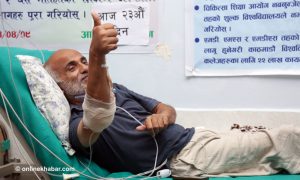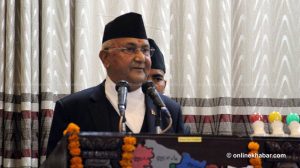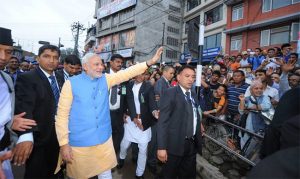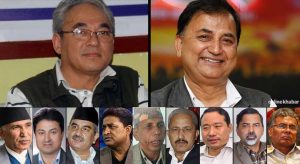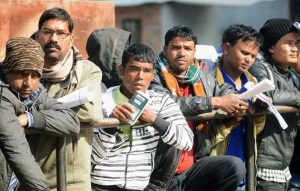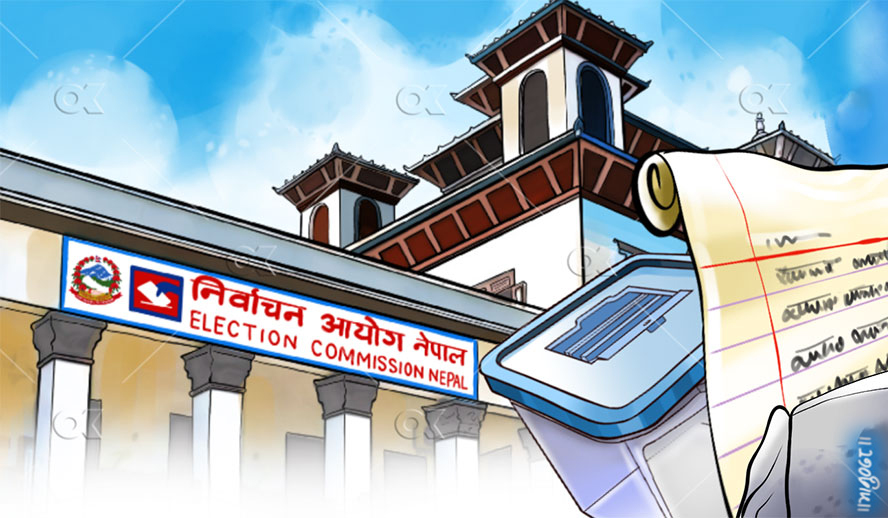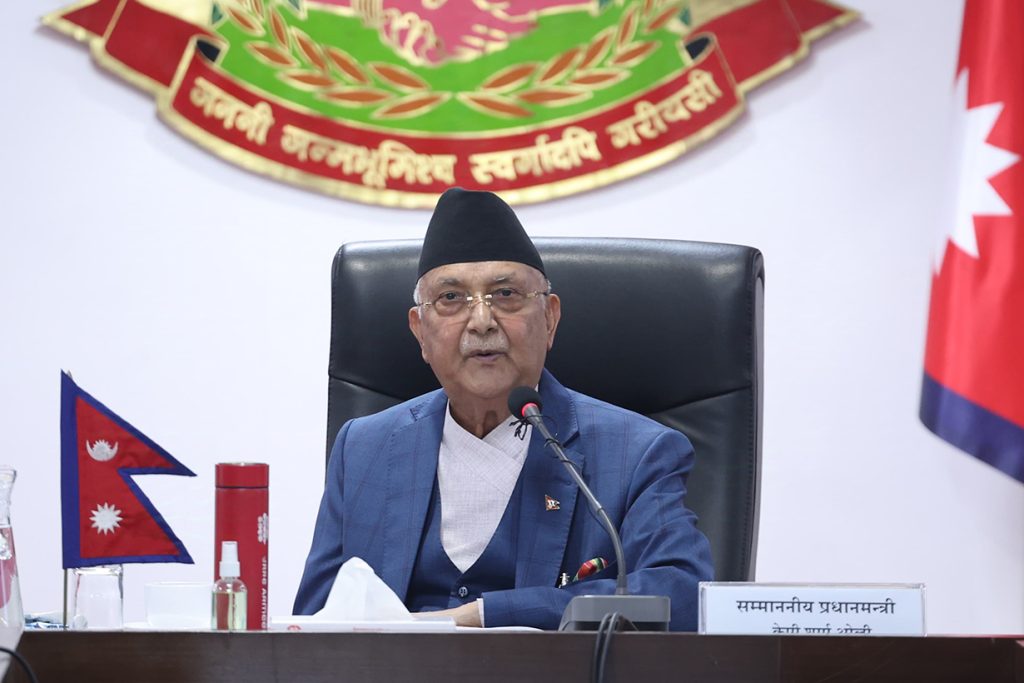Almost all broadsheet dailies (both in Nepali and English) published in Kathmandu on Wednesday, April 13, 2016, have given considerable space to the bus accident in Khotang that killed 24 people. Prime Minister KP Sharma Oli’s address to the nation on the eve of the New Year has also received attention on the front pages.
Important
24 dead in Khotang bus accident
The Himalayan Times, in its single column box story, states that the accident took place at Barkhetar of Mahadevsthan VDC along the Halesi-Diktel section of the Mid-Hill highway. “The bus went out of control and fell some 150 metres down the road when the driver tried to avoid a pile of boulders kept on the gravelled road,” the report quotes a witness as saying. Nepal Samacharpatra reports that those injured in the accident were airlifted to Kathmandu in a Nepali Army chopper five hours after the accident. Rajdhani, meanwhile, says the accident took place because the road was unsafe.
Prime Minister Oli’s address to the nation
While almost all newspapers have a report on what Prime Minister Oli said during his address, Annapurna Post in its lead story takes a different approach to the story. In its four-column lead story, the paper says that although every Prime Minister and Energy Minister, who came to power after the People’s Movement, has said that powercuts will end in a year, the country is far from making progress in this regard. The report gives examples of Ministers Radha Gyawali, Top Bahadur Rayamajhi, and Prime Minister KP Oli.
Corruption during SAARC summit
Nagarik has a four-column story on the Attorney General’s annual report’s claim that millions of rupees were spent without following expenditure guidelines during the SAARC Summit in Kathmandu in November, 2014. The report says some of the equipment security forces procured in the run-up to the summit arrived only a year later, whereas the delivery of some is still pending.
Ignored
Barpak villagers still looking for a safe place to build houses
Annapurna Post has a two-column story on how people in Barpak village in Gorkha (the epicentre of the April 25 quake) have not been able to build houses as the government still has not ascertained which areas are safe for habitation. The report says locals from Pokhari, Snan, Mande, Kunje, Kotdanda, Syamer and Chongag have been told that the areas are not safe for building houses. But they have not been given any alternative places yet.
Economy to grow at slowest pace in 14 years
The Himalayan Times in its lead story says that according to the IMF, Nepal’s economy is set to grow at a pace that will be slower than any year in the last 14 years. According to the IMF’s World Economic Outlook Report, Nepal is set to grow at 0.5 per cent this year. “Nepal’s economy grew at this pace in fiscal 2001-02 when growth of gross domestic product hovered around 0.1 per cent,” the paper says in its report. While Nepal’s growth is expected to suffer this fiscal, consumer prices are likely to increase by 10.2 per cent, the highest in Emerging and Developing Asia. “Such a jump in prices of goods and services will make Nepalis feel poorer because their income is not expected to go up in line with the expenses,” says the report.
Interesting
Where did the docs go?
Nepal Samacharpatra has an anchor on conflicting reports on the number of doctors in Nepal. According to the report, while the doctors’ association says there are 13,510 practitioners in the country, Nepal Medical Council’s figure stands at 17, 321. The report, however, does not go into the reasons for this.
Black cardamom boom
In its lead story for the day, Abhiyan has a report on how Nepal is experiencing a boom in black cardamom (alaichi) exports. The report says that during the first seven months of the current fiscal, export increased by 52.1 per cent. During the first seven months of the last fiscal, Nepal exported black cardamom worth Rs 1.78 billion, while the export jumped to Rs 2.71 billion during the same period this fiscal, the report says. It quotes a member of the producers’ association as saying that Nepal fulfills 65 per cent of world demand for black cardamom. Farmers in Ilam, Taplejung, Panchthar, Bhojpur, Sankhuwasabha, Dhankuta, Terhathum, Gorkha, Khotang, Lamjung, Kavre, Sindhupalchowk and Dolakha are into cardamom farming.






